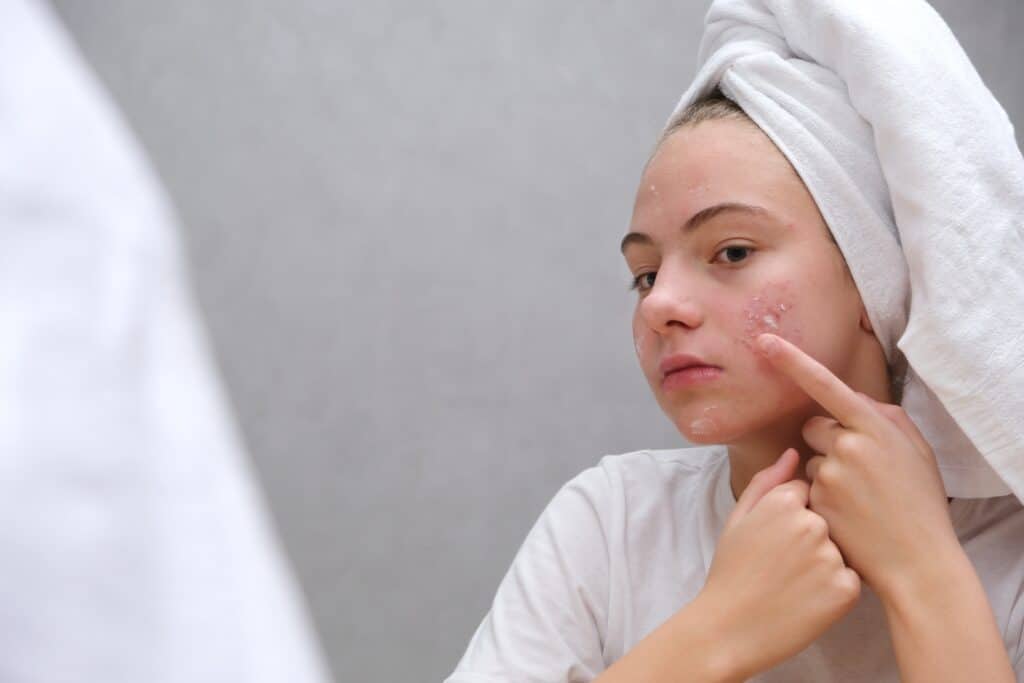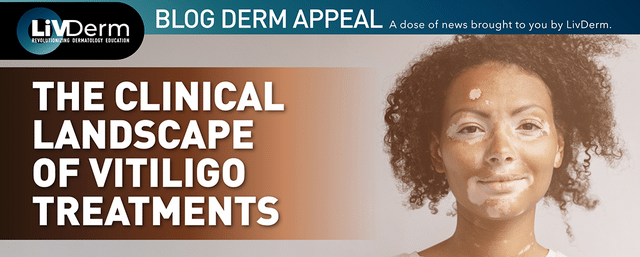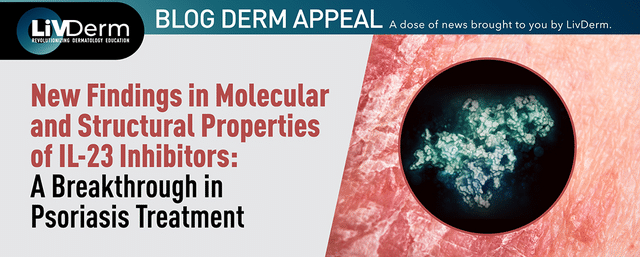Early in 2023, a group of nine dermatologists met to review and discuss the current literature on acne to understand both the socioeconomic and psychological effects of this skin condition on adolescents and young adults. These nine renowned experts included Lawrence A. Schachner, MD, Andrew F. Alexis, MD, MPH, Anneke Andriessen, PhD, Diane S. Berson, MD, Michael H. Gold, MD, David J. Goldberg, MD, JD, Shasa Hu, MD, Jonette E. Keri, MD, PhD, Leon H. Kircik, MD, Heather Woolery-Lloyd, MD, many of whom are LiVDerm faculty.

The group recently published their findings in the form of five final statements in the Journal of Cosmetic Dermatology. Their review focused on skin barrier dysfunction in acne, over-the-counter and prescription treatments, and skin care regimens including cleansers and moisturizers. After thorough research based on the reviewed literature, the nine panelists concluded that ceramide-containing skin care may help improve acne treatment and adherence by combatting skin barrier irritation arising from topical medications like retinoids, antibiotics, and benzoyl peroxide.
Statement 1 - The pathophysiology of acne (including comedogenesis, inflammation, and follicular rupture) is associated with skin barrier dysfunction.
The panelists noted that for patients with acne, skin barrier integrity may be compromised which is demonstrated by a higher sebum excretion, larger sebaceous glands, and subclinical inflammation. They add, “It is important to promote a healthy skin barrier reducing inflammation and restoring a physiological lipid and microbiome balance which is a key mechanism in acne lesion development.”
Statement 2 - Studies have found an impaired water barrier function (higher transepidermal water loss and conductance value) in acne-affected skin.
The second statement makes reference to reduced ceramide levels in acne lesions as compared to healthy skin. The panelists note that this may lead to impaired skin barrier function. They note that “Inherent structural or functional epidermal barrier issues in acne must be addressed therapeutically, especially as certain acne medications can alter some epidermal properties.”
Statement 3 - Common ingredients in topical acne products (e.g., benzoyl peroxide and retinoids) may irritate the skin.
Although benzoyl peroxide, tretinoin, adapalene, tazarotene, clindamycin, and erythromycin are common topical acne treatments that are prescribed, these may cause irritation in some patients.
The panelists recommend treatment “be combined with skincare products containing lipids like ceramides to help manage barrier disruption commonly associated with acne and related prescription treatment.” They also mention topical anti-androgen and systemic anti-androgens, such as clascoterone cream 1% which is effective.
Statement 4 - Some systemic acne therapies can induce epidermal alterations that disrupt the epidermis's physiological functions, leading to dryness and erythema.
The nine panelists stated, “When recommending treatments, physicians should consider the psychosocial aspects of acne (e.g., depression, mood effects of drugs such as oral contraceptives and isotretinoin) and physical aspects such as xerosis.”
They add that the clinician should inform the patient of any acne-related sequelae to avoid risk factors and promote treatment adherence.
Statement 5 - Ceramide-containing cleansers and moisturizers, used as an adjunct to acne treatment, have improved the skin barrier function and reduced irritation.
The panelists highlighted the importance of educating patients about the role of inflammation in acne and reducing inflammation. They noted that it is essential to explain that decreased face washing, avoiding topical alcohol, abrasive scrubs, and rubbing the skin may help prevent irritation and inflammation.
The panelists conclude as a ‘take-home message’ that, “Inflammation plays an important role in acne development and exacerbation. Educating patients and clinicians about inflammation’s central role in acne and measures to reduce inflammation may improve patient outcomes. The approach to acne should include a daily and ongoing skincare regimen to prevent or reduce skin irritation and xerosis from acne and treatments leading to poor treatment adherence.”
To learn more about acne and the plethora of other skin conditions that affect the pediatric and adolescent population, consider joining us for our 2024 Masters of Pediatric Dermatology Symposium this February 8-9 in Miami Beach. Led by Dr. Schachner alongside other renowned experts, it is an opportunity to gain insight into all the latest treatments and therapies in pediatric dermatology.
















